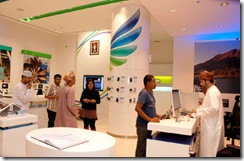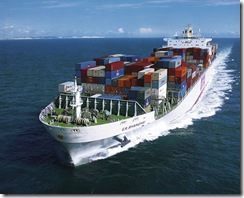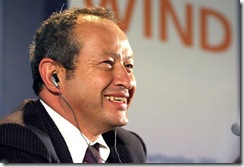Qtel Group ended 2009 with a strong financial performance across its 17-country footprint, despite competitive challenges to its operations in Qatar, Oman and Kuwait from new entrants. Annual net profit swelled 20.5 per cent to QAR 2.8 billion (US$769 million), from QAR 2.3 billion a year earlier. Group revenues increased by 18.2 per cent from QAR 20.3 billion in 2008, to QAR 24 billion. The Qatari group’s EBITDA margin remained steady during the period at 47 per cent, compared to 48 per cent in 2008. The consolidated subscriber base finished the year with 60.5 million customers.

Oman’s Nawras grew subscriber numbers by 23.2 per cent, despite facing fresh competition in the form of MVNOs Friendi and Renna
Highlights for the year included sturdy customer growth in Iraq, Algeria and Indonesia, contributing to 76 per cent of revenues being generated outside Qatar. Wataniya Palestine and Wi-Tribe Pakistan were also launched. However, subscribers of Indonesia’s Indosat contracted, dropping from 37 million at the end of 2008, to 33.7 million at the end of 2009. Qtel attributed this to “successfully removing a significant proportion of the lower-value, calling card type behaviour subscribers”.
Chief executive Nasser Marafih commented that the group focused on improving network infrastructure to upgrade capacity and capabilities, particularly in relation to data and Broadband services, which is expected to capture future growth.
“We have also faced changing competitive dynamics in a number of our key markets and have demonstrated the resilience of our market strategies, particularly in Qatar where our focus on products and services, targeted pricing and customer service have enabled us to successfully adapt to these changes,” Marafih added.
Qtel, Qatar
Facing the end of its monopoly in Qatar with the launch of Vodafone, Qtel’s service offerings including a new customer loyalty programme, dedicated data packs and a range of BlackBerry and data solutions for business devices helped drive an increase in subscribers to 2.4 million and raised revenues 4.4 per cent to QAR 5.7 billion.
Indosat, Indonesia
The company continued to invest in expanding its reach to areas outside of its Java core, with the launch of the Palapa-D satellite system and Jakabare submarine cable, as well as enhancing its capacity to support new, value-added services. Revenue for the twelve months was QAR 6.6 billion, compared to QAR 4.2 billion in 2008 post-acquisition. EBITDA reached QAR 3.2 billion from QAR 2.1 billion in 2008 post-acquisition.
Wataniya Telecom
Wataniya Telecom operates in Kuwait, Tunisia, Algeria, Saudi Arabia, the Maldives and Palestine. Wataniya faced competition in its home market of Kuwait with the entrance of Viva and launched commercial operations in Palestine. Overall customer numbers grew by 38.8 per cent to 15.2 million, however the subscriber growth failed to boost income, with revenues decreasing to QAR 6.1 billion from QAR 6.5 billion a year earlier.
Nawras, Oman
A ten-fold increase in prepaid broadband users and new services such as mobile TV, helped Nawras continue to perform positively despite the introduction of mobile resellers Friendi and Renna during the second half of the year. Subscribers increased 23.2 per cent during the period to 1.86 million. Revenues increased from QAR 1.3 billion in 2008 to QAR 1.6 billion during 2009. EBITDA performance improved by 62.7 percent to QAR 827 million.
The firm continues to work towards the commercial implementation of its fixed-line operation, with an international gateway expected to become operational in 2010.
Asiacell, Iraq
Asiacell achieved a 20.4 per cent increase in subscriber numbers to finish the year with 7.35 million customers. Revenues grew by 40.4 per cent to QAR 4 billion, from QAR 2.8 billion a year earlier. EBITDA also increased 43.9 per cent year-on-year to QAR 2.2 billion.







